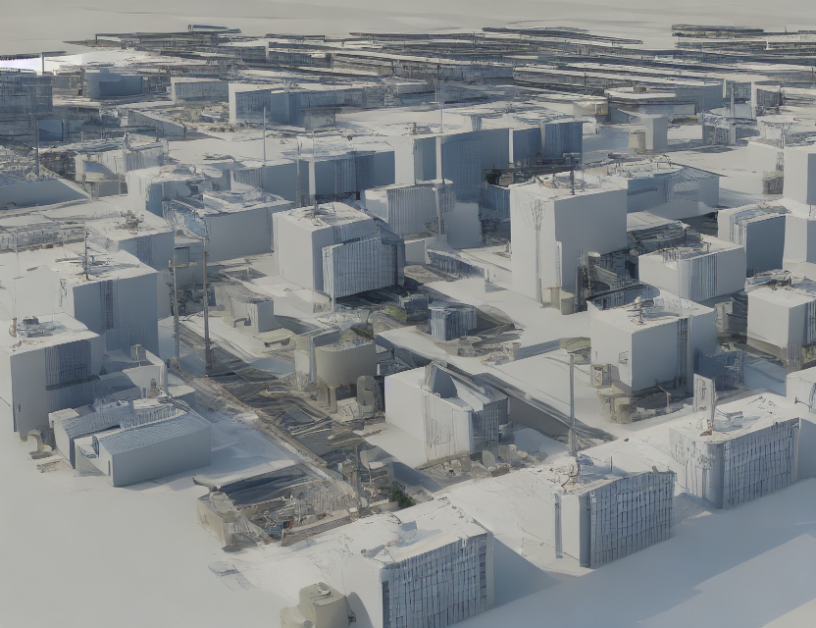In this article, we propose a new approach to improve the efficiency of water heaters by using a three-node thermal model that accounts for tank stratification. This model is designed to better understand the temperature distribution within the tank and how it changes over time. By using this model, we can optimize the operation of the water heater to reduce energy consumption and costs.
The traditional one-node model assumes that the temperature throughout the tank is uniform, but in reality, there are three distinct regions with different temperatures. The three-node model takes into account these differences by considering the temperature of each region individually. This allows for more accurate predictions of the tank’s temperature profile and how it will change over time.
Think of a water heater as a big pot of water on the stove. Just like how the water in the pot can be divided into different layers based on its temperature, the three-node model divides the tank into three regions with different temperatures. By understanding these temperature distributions and how they change over time, we can optimize the heating process to reduce energy consumption and costs.
The article presents experimental results that show the effectiveness of the three-node model in reducing energy consumption and costs compared to a traditional one-node model. The results also demonstrate that the three-node model is able to shift most of the load from on-peak to off-peak periods, leading to significant cost savings.
In summary, the three-node thermal model offers a more accurate representation of the temperature distribution within a water heater’s tank and can help optimize its operation for reduced energy consumption and costs. By understanding these temperature distributions and how they change over time, we can develop more efficient water heaters that are better equipped to meet our hot water needs while minimizing their environmental impact.
Electrical Engineering and Systems Science, Systems and Control
Optimizing Energy Consumption in Buildings through Advanced Control Strategies



